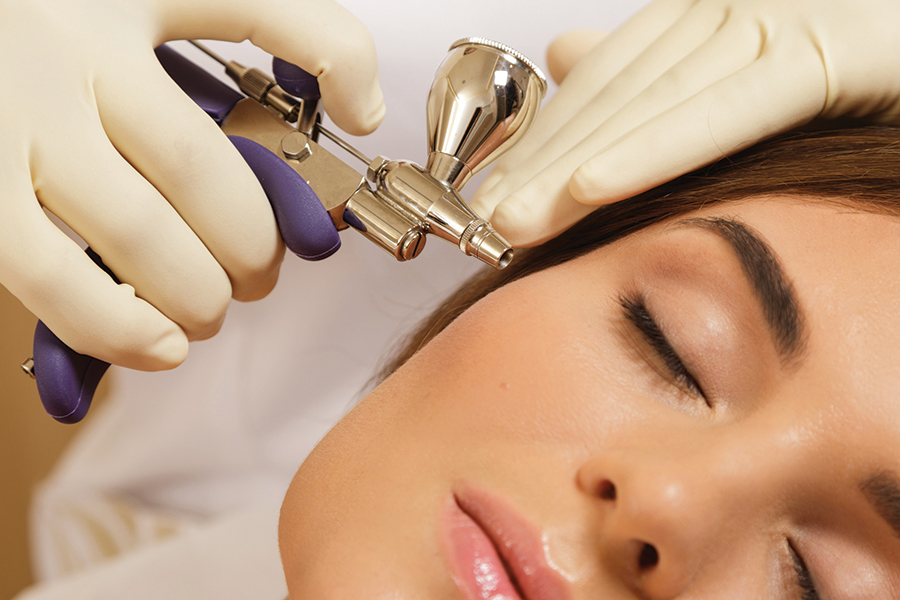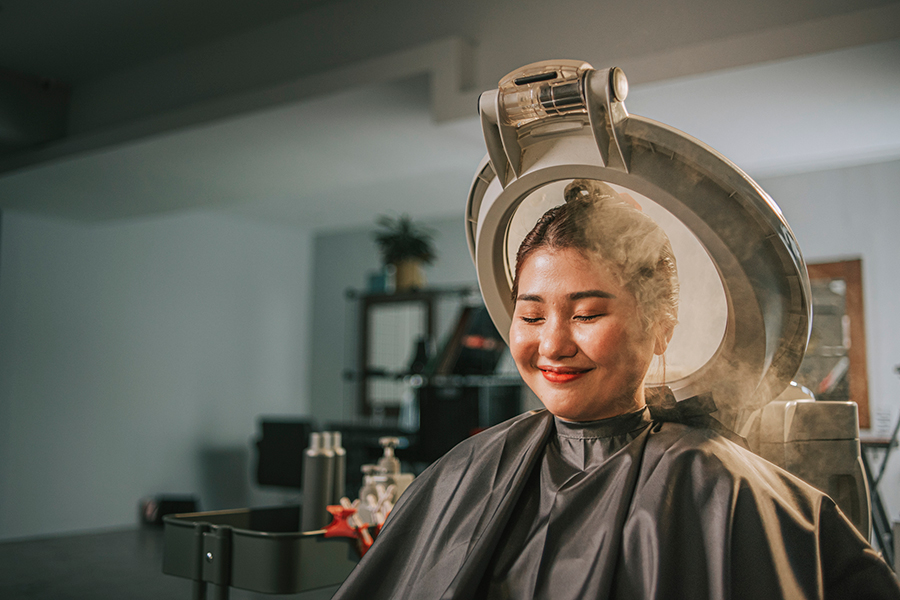A glance at the trending hair tattooing procedure and the important do’s and don’ts.
Thinning hair has become one of the major concerns among people these days leading to the rise in alternate quick-fix options to camouflage the balding areas. Hair tattooing is emerging as one of the most popular procedures, apart from hair patches, extensions and wigs. Given the buzz around this new trend, StyleSpeak reveals the technical aspects of what hair tattooing actually is and how it works.
Where can Hair Tattoo help?
Dealing with balding areas on the scalp, or a receding hairline is a cause for concern. That’s where this procedure can be of great help.
Hair tattooing or scalp micropigmentation is a minimally invasive procedure that appears like natural hair follicles on the scalp, creating an illusion of a ‘buzz cut’ on people who are bald. Although quite similar to a normal body tattoo, the only difference is that a normal tattoo is inked deep into the skin and a hair tattoo is a shallow pigment and it lasts upto eight years.
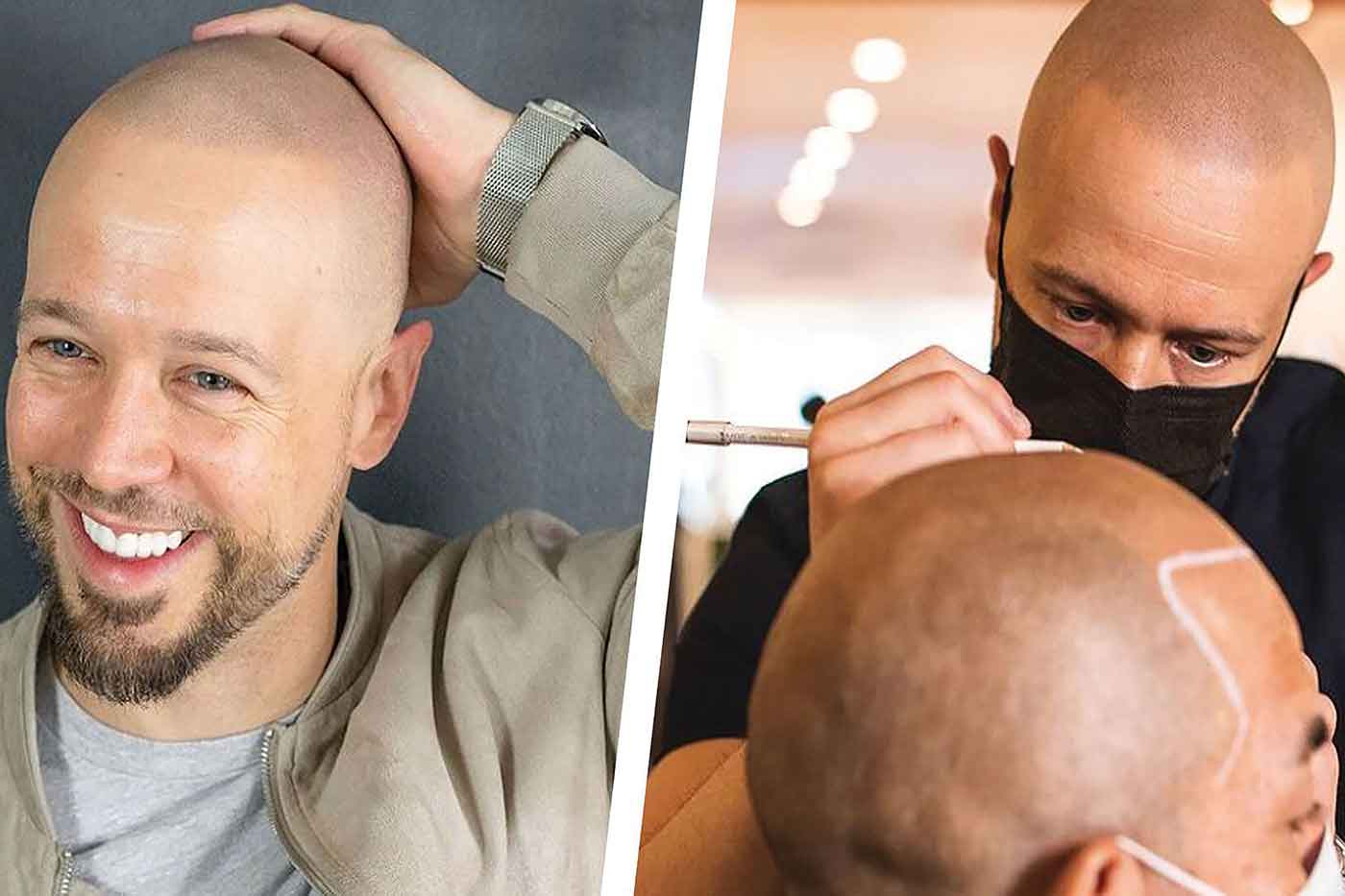
The Consultation Process
Let us take a quick look at the consultation process before getting a hair tattoo done.
The first question that comes to one’s mind is -‘Who is the right candidate for scalp micropigmentation?’ Well, the answer is – not just those confined to having hair loss problems.
While there are many reasons for hair loss, every individual’s goal and need is different. Here are some of the most common reasons people get hair tattooing done.
- An autoimmune condition, alopecia areata is one of the main causes of hair loss
- Chemotherapy-related hair loss
- Hormonal conditions including polycystic ovary syndrome (PCOS) in women
- Androgenic alopecia in men causes a receding hairline or pattern balding
- Genetically thin textured hair or scanty hair that creates a show-through of the scalp
- Scars or birthmarks on the scalp
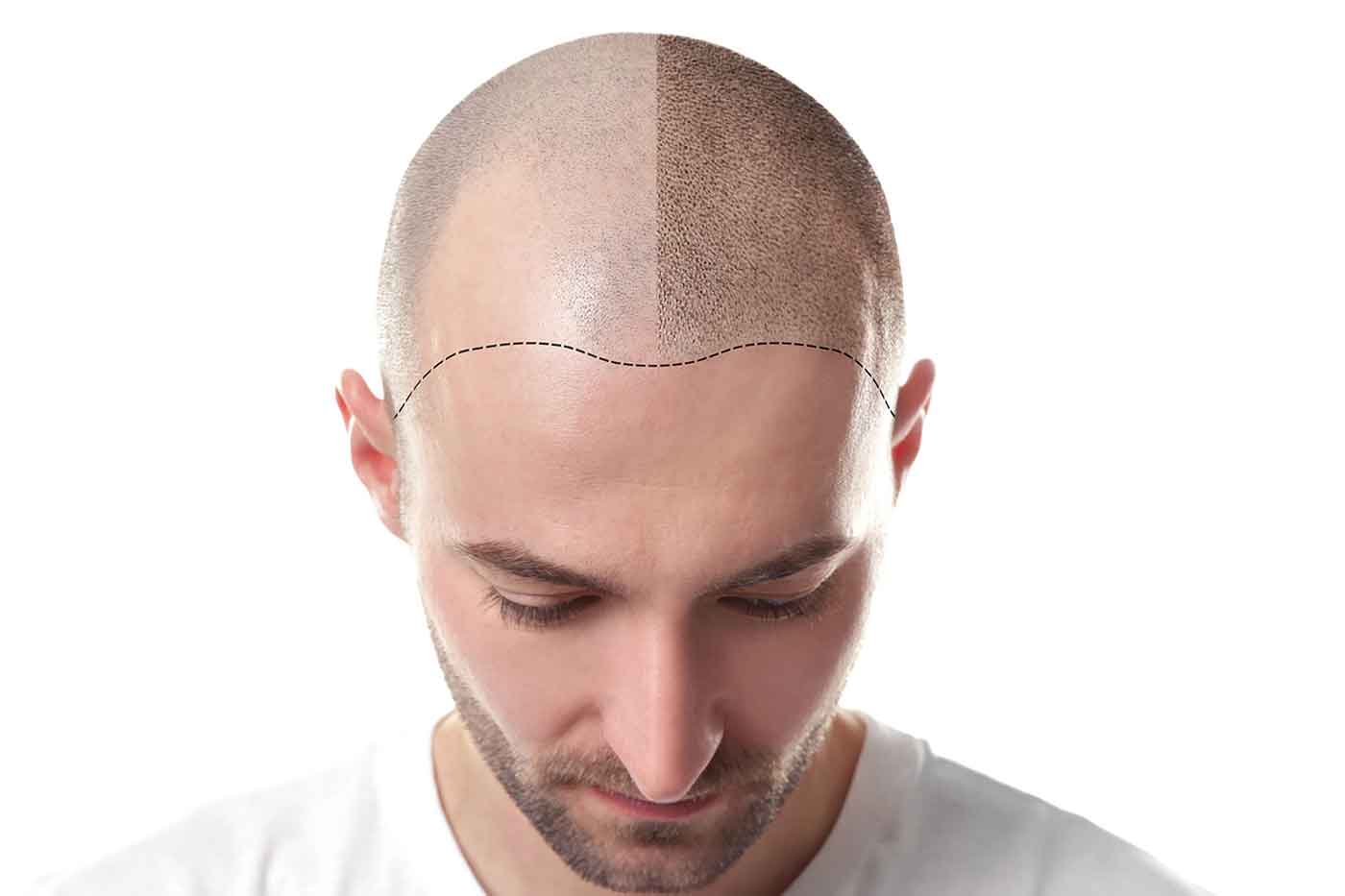
A licensed aesthetician must keep in mind that it’s not just the outcome you need to explain to the clients but it’s also crucial to know the medical history of the client before you proceed further into the treatment.

Who should avoid hair tattooing?
- Individuals with underlying skin conditions such as eczema, psoriasis, or vitiligo
- People who are prone to keloid formation must avoid scalp micropigmentation and there’s a high risk of the condition to relapse
- People with oily scalp are also not suitable for hair tattooing as the pigment tends to smudge when the skin is oily making is difficult to create the illusion of single hair strands
Apart from the above concerns, experts usually mention that the best results are often seen in people who have some existing hair. The procedure involves artfully blending inked strokes with the natural hair. The size of the strokes differ making it look more realistic and natural. However, one important thing you must inform your clients during a consultation is that if the hair loss is severe and causes large bald patches, hair tattooing might not be a good choice.
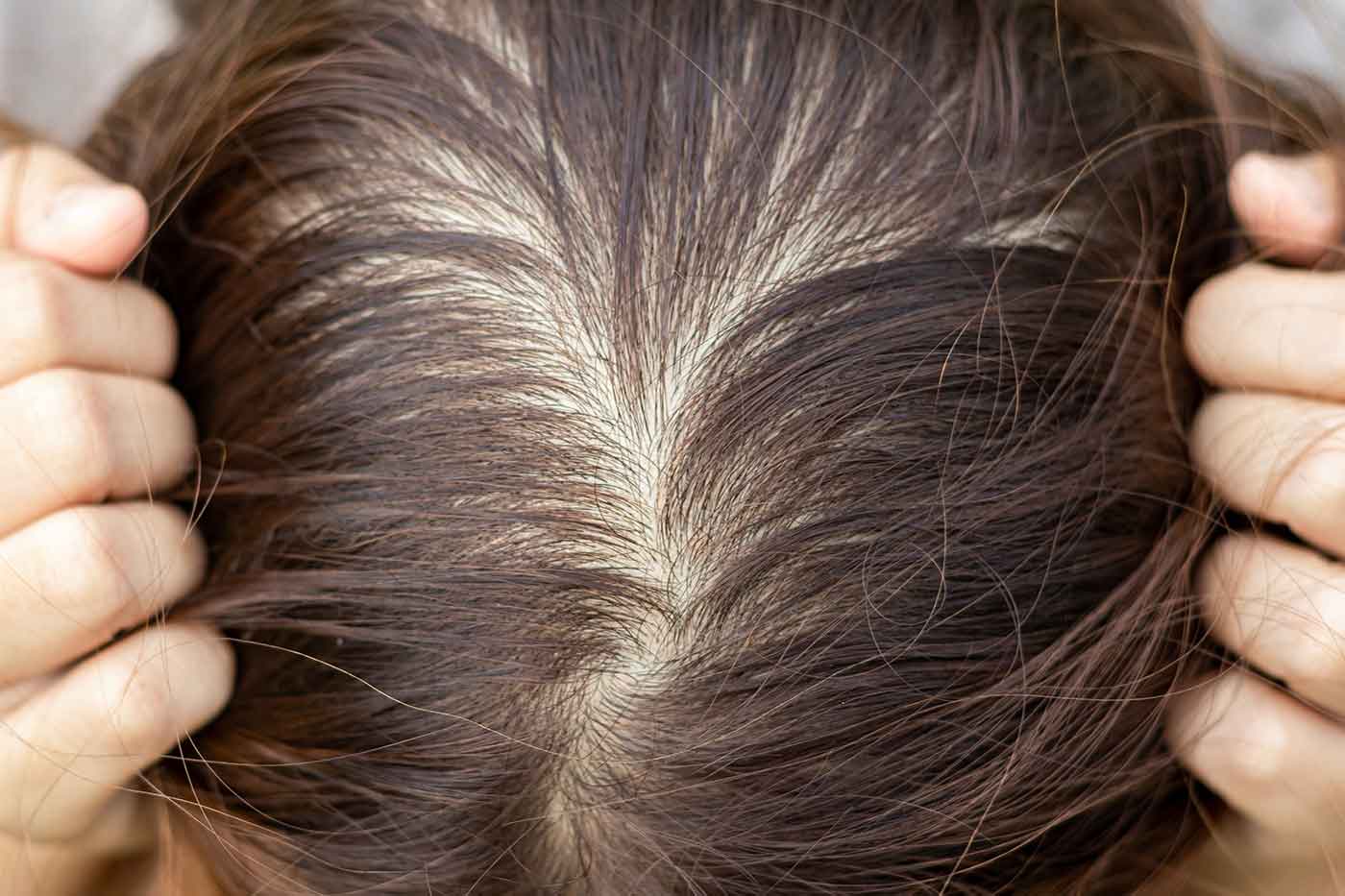
Points to Remember:
- Make sure you’re using clinically approved pigments
- If the pigments contain metals, the tattoo can lead to pain and swelling
- Check for any specific allergies with the clients before the procedure
- While hair tattooing is known to be an in-office procedure and has no down time, you must make it clear to the client that it could take up to 5 hours or more depending on the size of the treatment area
- Some people might need to get it done in more than one sitting spaced in different weeks
- With every sitting there’s more pigment added which increases the depth of the pigment, making it appear like thick hair
Thinning hair has been quite a rapidly increasing condition that pulls down one’s self confidence. Hair tattooing has proved to be the best possible alternative for hair loss in spite of being a temporary solution. All you need to tell your clients is that hair tattooing is a great choice to gain that lost confidence, but the expectations of the final results should be realistic enough to not be disappointed later. So, the next time you have a client who’s a potential candidate for hair tattooing, you’re all set to get them the best of experiences.


